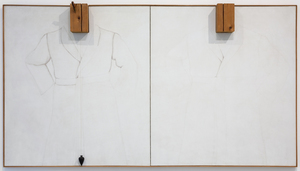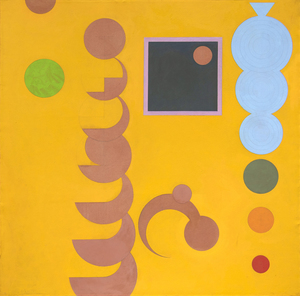انضم إلينا في جولة فيديو في جاكسون هول، موقع معرض وايومنغ الذي يضم الفن من قبل كلود مونيه، كاميل بيسارو، فريدا كاهلو، دييغو ريفيرا، إلين دي كونينغ، ويليم دي كونينغ، من بين أمور أخرى كثيرة
المعارض الجديرة بالذكر
عجائب الفن الانطباعي والحديث في أمريكا وأوروبا
إدوارد هوبر
لوحات السير ونستون تشرشل
نورمان روكويل : الفنان في العمل
اتصل بنا





_tn43914.jpg )




_tn37191.jpg )








